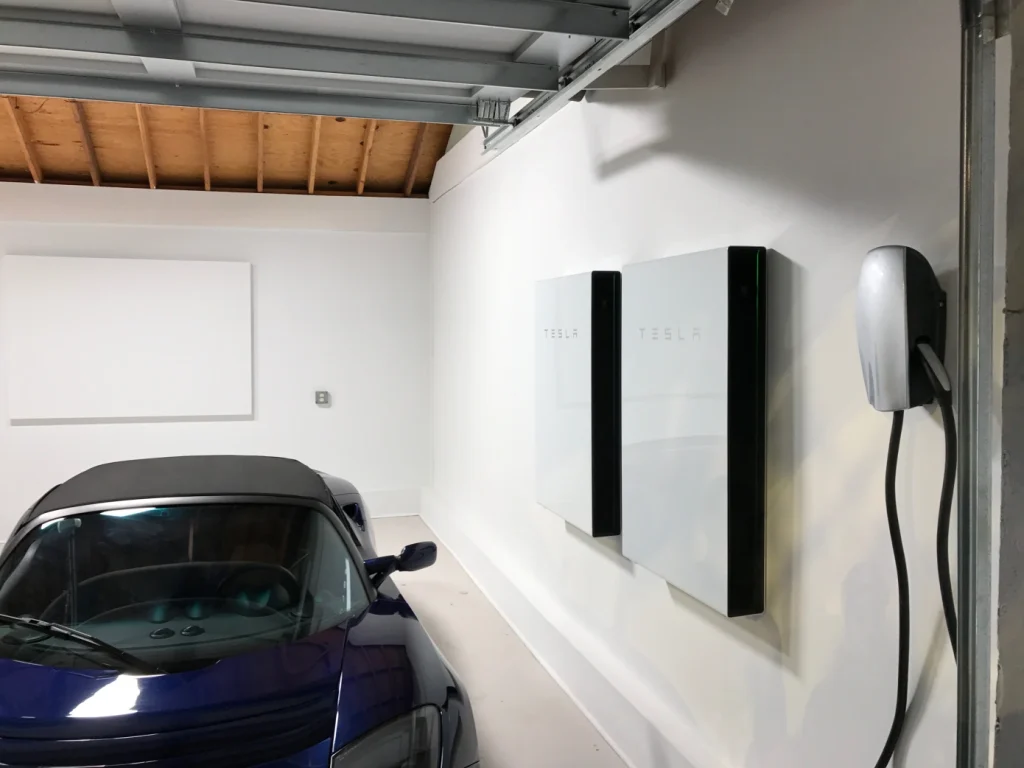
After nearly two years of limited availability due to supply constraints, Tesla has announced that it is finally opening up sales of its Powerwall home battery. The backup battery technology was initially introduced back in 2015 with the intention of complementing solar panels. However, until 2021, the automaker allowed customers to purchase the Powerwalls separately.
Tesla CEO, Elon Musk, clarified in 2022 that the supply shortage was the reason behind the restrictions on standalone Powerwall sales. He also hinted that ordering a Powerwall on its own would be possible by the end of that year.
Now, several months after the expected timeframe, Tesla has fulfilled that promise, and Powerwalls can be purchased independently in select US markets. However, the company has not yet released an official list of the specific markets where the standalone devices are available.
Tesla’s website provides a way for interested buyers to check if they live in one of the approved markets. When inputting their address, some potential customers are met with a message indicating that Tesla is currently assessing service availability in their area and offering the option to reserve a Powerwall to support expansion efforts. On the other hand, the standalone Powerwall is already available for purchase in certain regions, including Austin, Texas.
The relocation of Tesla’s operations to Austin in 2021 may have played a role in the company’s decision to make the Powerwall available there. Moreover, a year after the move, Tesla introduced an exclusive electric plan, called Tesla Electric, available to Powerwall users in parts of Texas where retail choice is accessible, such as Houston and Dallas.
Looking ahead, Tesla has expressed its intention to expand the electric plan to other markets. However, the company has not disclosed which regions will be targeted next.
With the availability of Powerwalls as standalone devices, customers can now harness Tesla’s backup battery technology without the necessity of purchasing solar panels. The Powerwall’s integration with renewable energy sources is its hallmark, but the option for standalone use grants more flexibility for customers who may not have installed solar panels or have different energy needs.
As Tesla continues to address supply chain challenges and explores new markets, the expansion of Powerwall sales could mark a significant step towards a greener and more sustainable future. As the demand for renewable energy solutions grows, the Powerwall’s availability in select markets may offer consumers more choices and contribute to the wider adoption of clean energy technologies.
